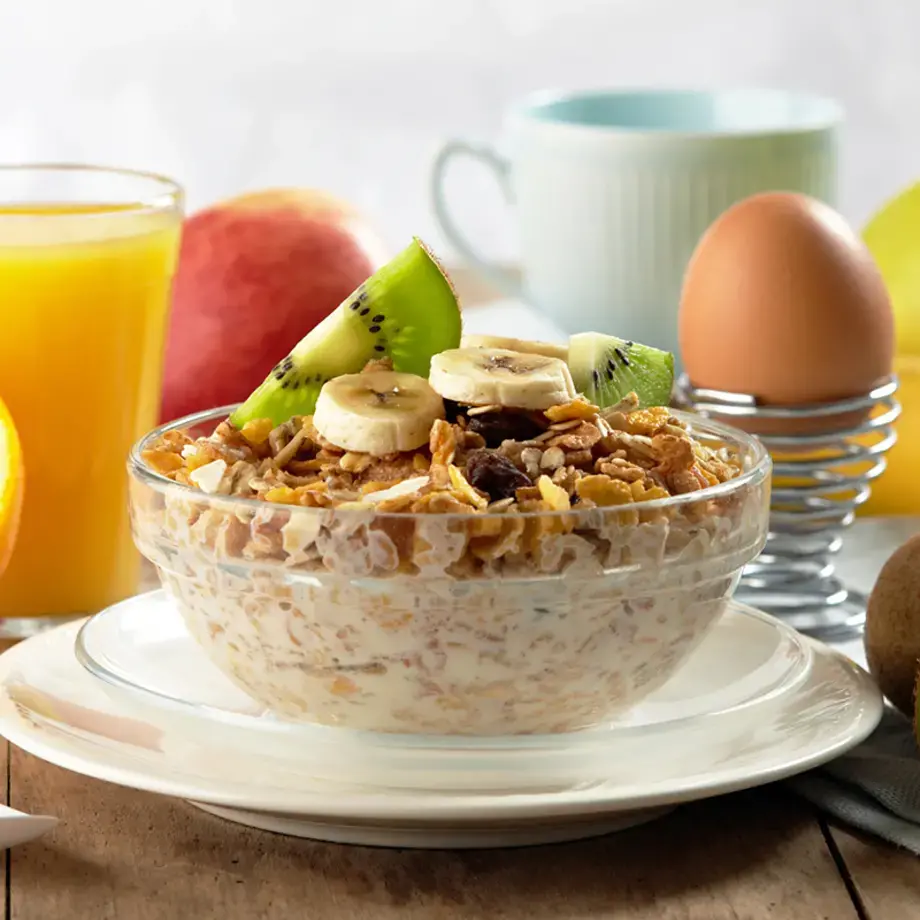Every Lamb Cut Explained
Lamb is butchered in six sections: neck, shoulder, rib, saddle, kidneys (including fat), and legs. The aim is to get an almost 100% yield from the animal, i.e. to use every part of it, including any leftover trim.
Lamb Neck
The first section to be removed is the neck. An economic cut perfect for use in soups or stews. It can also be wrapped in herbs and roasted on its own to provide a dish packed with flavour.
Lamb Shoulder
This is a flavouful cut and needs to be cooked low and slow by stewing and slow-roasting to achieve fall apart delicousness. The lamb shoulder is usually boned and rolled; it can be stuffed as well. Lamb shoulder is also sometimes cut into chops, though these chops are not as desirable as the rib or loin chops.
Lamb Rib
After removing the spine, the meat of the rack will be exposed and it’s time to move on to butchering the ribs – lamb usually has eight or nine ribs. Steady and thorough motions with a saw or knife are used to avoid breakage or splinters. The cut is then separated into rack and spare ribs and the spare ribs are prepared to make them even. The rack of lamb is then 'Frenched' to remove the meat from the tip of the bone for presentation purposes – the discarded meat can be used elsewhere. A noisette roast can be prepped using the other side.
Moving further down the animal, it is important to ensure that chops taken from the neck and legs should be the same size to ensure consistent cooking.
Lamb Loin
Found behind the ribs, running down the spine towards the animal's hindquarters, are the lamb loins. This is where you'll find some of the most tender and prized cuts.
Tender loin is perfect for roasting, frying and grilling, roasting and pan-frying.
Lamb Leg
The impressive and flavourful cut is best roasted whole on the bone and served as a centrepiece at large gatherings along with seasonal vegetables.
Lamb Kidneys
Lamb kidneys are inexpensive and a great source of nutrients, proteins and omega fatty acids but they do have a stong flavour and can be an acquired taste. Flash fry in butter and season until brown on the outside and pink in the middle.
Leftover Trim
Finally, any leftover trim can be used to make tasty Merguez sausage.
Whether you butchered them yourself or bought them from your friendly local butcher, the key to cooking lamb chops is to make them tender and succulent. This handy guide will give you plenty of suggestions, including delicious marinade recipes. Lamb also makes a great meat for the barbecue, especially when paired with Mediterranean flavours, such as in this lamb, zucchini and pepper kebabs recipe.








